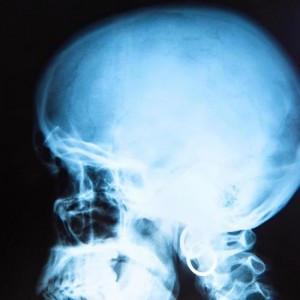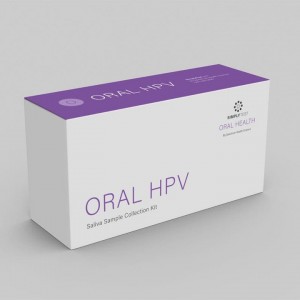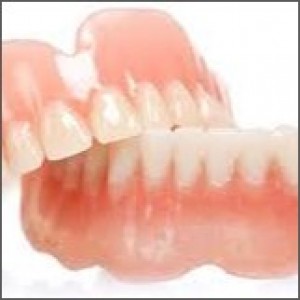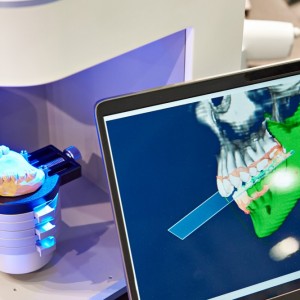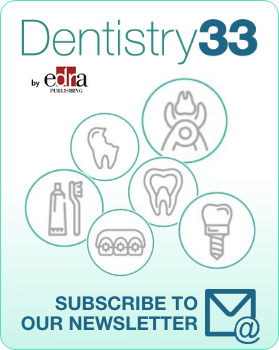
Developing bioactive dental resins for restorative dentistry
Despite its reputation as the most widely used restorative dental material currently, resin-based materials have acknowledged shortcomings. As most systematic survival studies of resin composites and dental adhesives indicate, secondary caries is the foremost reason for resin-based restoration failure and life span reduction.
In subjects with high caries risk, the microbial community dominated by acidogenic and acid-tolerant bacteria triggers acid-induced deterioration of the bonding interface or bulk material and mineral loss around the restorations. In addition, resin-based materials undergo biodegradation in the oral cavity.
As a result, the past decades have seen exponential growth in developing restorative dental materials for antimicrobial applications addressing secondary caries prevention and progression.
Currently, the main challenge of bioactive resin development is the identification of efficient and safe anticaries agents that are detrimental free to final material properties and show satisfactory long-term performance and favorable clinical translation.
This review centers on the continuous efforts to formulate novel bioactive resins employing one or multiple agents to enhance the antibiofilm efficacy or achieve multiple functionalities, such as remineralization and antimicrobial activity antidegradation.
Researchers present a comprehensive synthesis of the constraints and challenges encountered in the formulation process, the clinical performance-related prerequisites, the materials’ intended applicability, and the current advancements in clinical implementation.
Moreover, the team identified crucial vulnerabilities that arise during the development of dental materials, including particle aggregation, alterations in color, susceptibility to hydrolysis, and loss of physicomechanical core properties of the targeted materials.
Melo MAS, Garcia IM, Mokeem L, et al. "Developing Bioactive Dental Resins for Restorative Dentistry." Journal of Dental Research. 2023;0(0). doi:10.1177/00220345231182357
 Related articles
Related articles
Oral pathology 07 May 2025
Antibacterial Effect of Juglans Regia Bark against Oral Pathologic Bacteria
In this study antimicrobial effect of ethanolic and aqueous extracts of Juglans regia bark in Iran was evaluated on four different oral bacteria, Streptococcus mutans, Streptococcus salivarius,...
Restorative dentistry 28 November 2024
Restorative materials in the new era should be “bio-active” and antibacterial effects are highlighted as one of the important properties.
Photodynamic therapy is an adjuvant in the treatment of peri-implantitis and associated with scaling and grafting treatments for the control of peri-implant disease.
Endodontics 10 February 2023
Innovative root canal irrigation strategy in minimally invasive endodontics
Study evaluated antimicrobial efficacy
Current irrigation techniques are based on the use of sodium hypochlorite but do not guarantee success in eliminating microorganisms from the root canal.
Restorative dentistry 01 November 2022
Dental restorative materials with sustained antibacterial action
Dental restorative materials with antibacterial properties can potentially solve secondary caries that occur around restorations.
 Read more
Read more
Much like EMTs rushing to the scene after an accident, stem cells hurry to the site of a skull fracture to start mending the damage. A new finding has uncovered the signaling mechanism that triggers...
Products 05 November 2025
SimplyTest has launched a groundbreaking saliva-based test to detect high-risk strains of oral human papillomavirus (HPV), a major cause of oropharyngeal cancers.
News 05 November 2025
Perimetrics, Inc., a dental technology company pioneering quantitative diagnostics, announced today that the U.S. Food and Drug Administration (FDA) has granted clearance for the InnerView...
News 05 November 2025
On October 15, open enrollment for Medicare began nationwide. Hundreds of thousands of seniors in New Jersey will once again face the challenge of finding the right Medicare coverage, including the...
Digital Dentistry 04 November 2025
Digitalisation is an expanding field in dentistry and implementation of digital teaching methods in dental education is an essential part of modern education.








